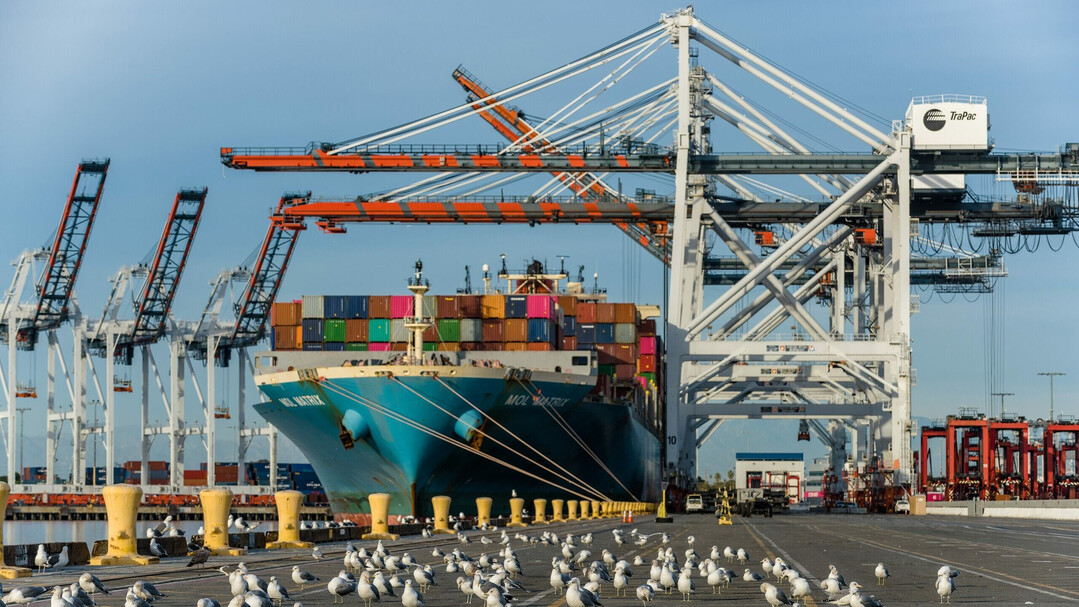
Singapore/India - Singapore and India have taken a significant step towards a more sustainable and efficient maritime future by signing a Letter of Intent (LoI) to collaborate on the development of a Green and Digital Shipping Corridor (GDSC). The agreement, announced on March 31, 2025, signals a commitment from both nations to accelerate the adoption of zero or near-zero greenhouse gas (GHG) emission technologies and digital solutions within the shipping sector.
The LoI outlines plans for identifying key stakeholders and working towards a formal Memorandum of Understanding (MoU) to establish the GDSC. This collaborative effort leverages Singapore's position as a major transshipment and bunkering hub with a thriving research and innovation ecosystem, alongside India's potential to become a significant producer and exporter of green marine fuels.
Several industry players are already making strides in India's green fuel sector. Notably, a consortium of six Japanese companies, including IHI Corporation, Hokkaido Electric Power, Mitsubishi Gas Chemical Company, Mitsui O.S.K. Lines (MOL), Mizuho Bank, and Tokyo Century Corporation, recently signed an MoU to explore investment in a green ammonia production facility in Odisha, eastern India. This facility, in collaboration with Indian renewable energy company ACME, aims for an annual production capacity of approximately 400,000 tons of green ammonia by 2030, destined for use in Japan.
The Indian government is also heavily investing in its maritime infrastructure, allocating ₹2 trillion (around $23.8 billion) to expand domestic shipbuilding capabilities with the ambition of becoming a top five shipbuilding nation by 2047. Furthermore, the Ministry of Ports, Shipping and Waterways (MoPSW) has highlighted the creation of a coastal green shipping corridor, starting with the Kandla-Tuticorin route, to promote low-emission transportation along domestic trade lanes. MoPSW also has ambitious plans for digitalization and technology-driven efficiency across major ports, targeting the completion of 150 projects by September 2025.
Singapore has also been actively pursuing maritime decarbonization. In March, Singapore and Australia jointly selected eight projects for funding under a $20 million initiative focused on reducing maritime emissions. These projects encompass innovations in the supply chain and utilization of alternative fuels like hydrogen, ammonia, and methanol, as well as safety, environmental monitoring, and electrification.
This collaboration with India follows Singapore's existing partnership with the Port of Rotterdam on a green and digital shipping corridor established in 2022. This earlier initiative has successfully brought together 28 partners across the container shipping value chain, aiming for a 20-30% reduction in GHG emissions from large container vessels on the 15,000-kilometer route by 2030, alongside the implementation of digital solutions for enhanced efficiency.
The establishment of the Singapore-India Green and Digital Shipping Corridor promises to foster greater cooperation between the two nations, accelerate the transition to sustainable shipping practices, and contribute significantly to the global effort in reducing greenhouse gas emissions from the maritime industry.
[Copyright (c) Global Economic Times. All Rights Reserved.]






























